45 chemistry unit 1 worksheet 3 mass volume and density
Course Help Online - Have your academic paper written by a ... We deliver papers as early as after 3 hours of ordering. You only have to indicate the short deadline and our support team will help pick the best and most qualified writer in your field. The writer will confirm whether they will submit the paper within the set deadline. Density Solved Practice Problems - Calculating Density 10.10.2022 · You know the mass (40 g), but the volume is not given. To find the volume, use the formula for the volume of a box. volume = length x width x height. The volume of the cube is 2cm x 2cm x 2cm = 8cm 3. The density then is the mass divided by the volume: Thus the cube is NOT gold, since the density (5.0 g/cm 3) is not the same as gold (19.3g/cm 3).
The Cavalcade o' Chemistry | Celebrating over 20 years of ... Oct 13, 2022 · P. Electrochemistry & redox (3) P. Solutions & concentration (7) Q. Nuclear chemistry (5) R. Thermo, kinetics, equilibria (12) S. Organic chemistry (3) T. Solids, identifying unknowns (3) U. Reference tables (3) Practice worksheets. A. Scientific method & graphing (3) B. Unit conversions (4) C: Significant figures (7) D. Atomic theory ...

Chemistry unit 1 worksheet 3 mass volume and density
Solar System - Wikipedia The astronomical unit [AU] (150,000,000 km; 93,000,000 mi) would be the distance from the Earth to the Sun if the planet's orbit were perfectly circular. Thus, the Sun occupies 0.00001% (10 −5 %) of the volume of a sphere with a radius the size of Earth's orbit, whereas Earth's volume is roughly one millionth (10 −6 × 10 9 km; 2.8 × 10 9 mi Unit Operations of Chemical Engineering 7th Edition PDF EXAMPLE 4.1, A manometer of the type, shown in Fig. 1.2 is used to measure the pressure drop across an‘orifice (see Fig. 1.33). Liquid Ais mercury (density 13590 kg/m) ‘and fluid’, flowing through the orifice. and filling the manometer leads, is brine (density 1260 kg/os"). Gas - Wikipedia The symbol used to represent density in equations is ρ (rho) with SI units of kilograms per cubic meter. This term is the reciprocal of specific volume. Since gas molecules can move freely within a container, their mass is normally characterized by density. Density is the amount of mass per unit volume of a substance, or the inverse of ...
Chemistry unit 1 worksheet 3 mass volume and density. Worked Chemistry Problem Examples - ThoughtCo 22.11.2019 · This is an alphabetical list of worked example chemistry problems. Printable worksheets with questions and answers are also provided. This is an alphabetical list of worked example chemistry problems. Printable worksheets with questions and answers are also provided. Menu. Home. Science, Tech, Math Science Math Social Sciences Computer Science … How to Find Volume using Mass Density | Chemistry | Study.com Calculate the mass of an unknown sample with a mass density of {eq}3 \text{kg/m}^3 {/eq} and a mass of {eq}9 \text{kg} {/eq}. Step 1: Identify the density and the mass in the problem. Digital Object Identifier System This is the web site of the International DOI Foundation (IDF), a not-for-profit membership organization that is the governance and management body for the federation of Registration Agencies providing Digital Object Identifier (DOI) services and registration, and is the registration authority for the ISO standard (ISO 26324) for the DOI system. Gas - Wikipedia The symbol used to represent density in equations is ρ (rho) with SI units of kilograms per cubic meter. This term is the reciprocal of specific volume. Since gas molecules can move freely within a container, their mass is normally characterized by density. Density is the amount of mass per unit volume of a substance, or the inverse of ...
Unit Operations of Chemical Engineering 7th Edition PDF EXAMPLE 4.1, A manometer of the type, shown in Fig. 1.2 is used to measure the pressure drop across an‘orifice (see Fig. 1.33). Liquid Ais mercury (density 13590 kg/m) ‘and fluid’, flowing through the orifice. and filling the manometer leads, is brine (density 1260 kg/os"). Solar System - Wikipedia The astronomical unit [AU] (150,000,000 km; 93,000,000 mi) would be the distance from the Earth to the Sun if the planet's orbit were perfectly circular. Thus, the Sun occupies 0.00001% (10 −5 %) of the volume of a sphere with a radius the size of Earth's orbit, whereas Earth's volume is roughly one millionth (10 −6 × 10 9 km; 2.8 × 10 9 mi





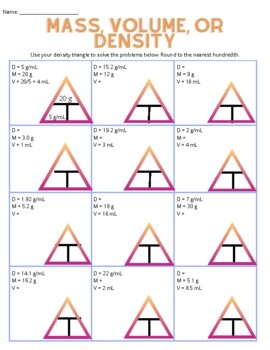




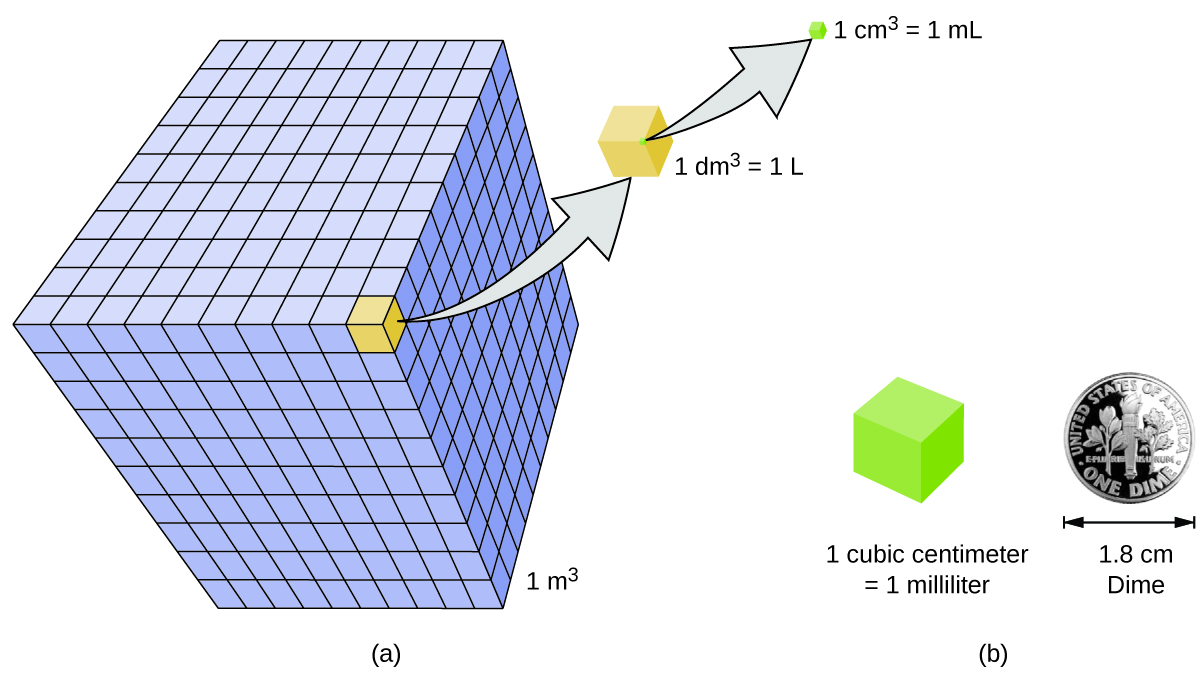







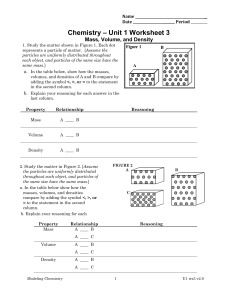
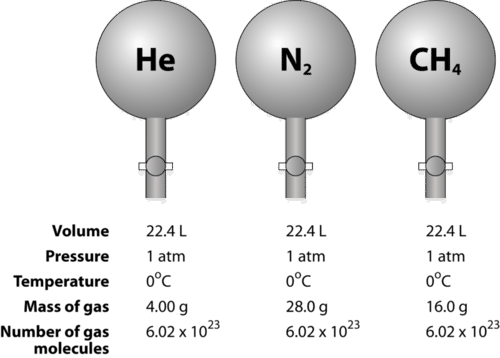




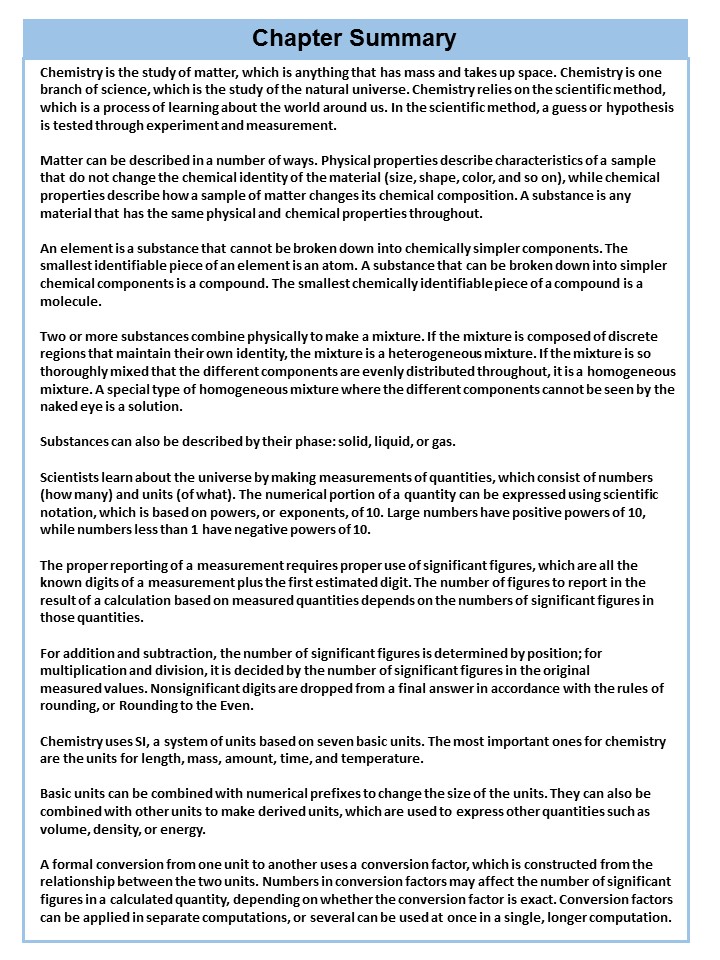

0 Response to "45 chemistry unit 1 worksheet 3 mass volume and density"
Post a Comment